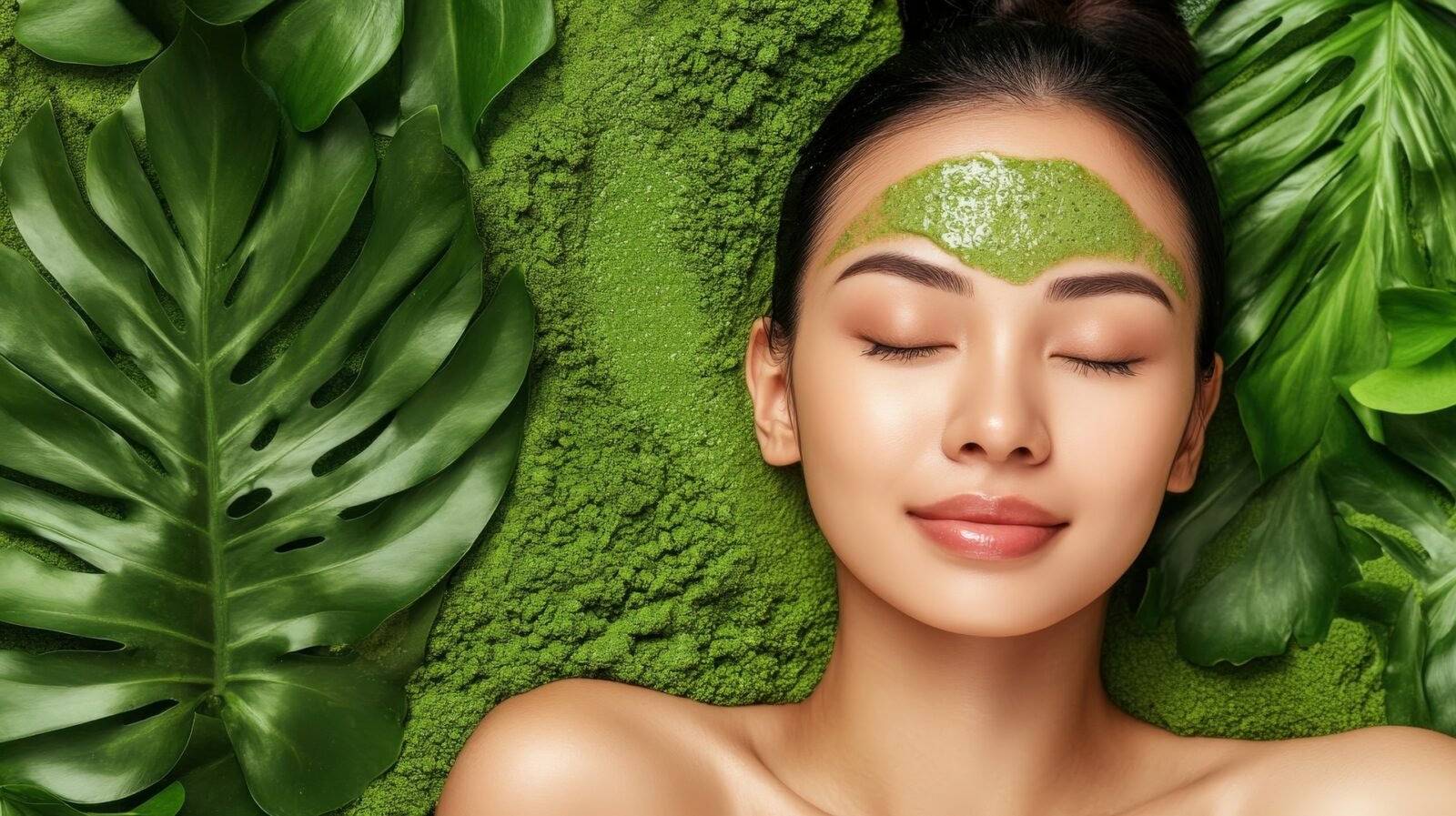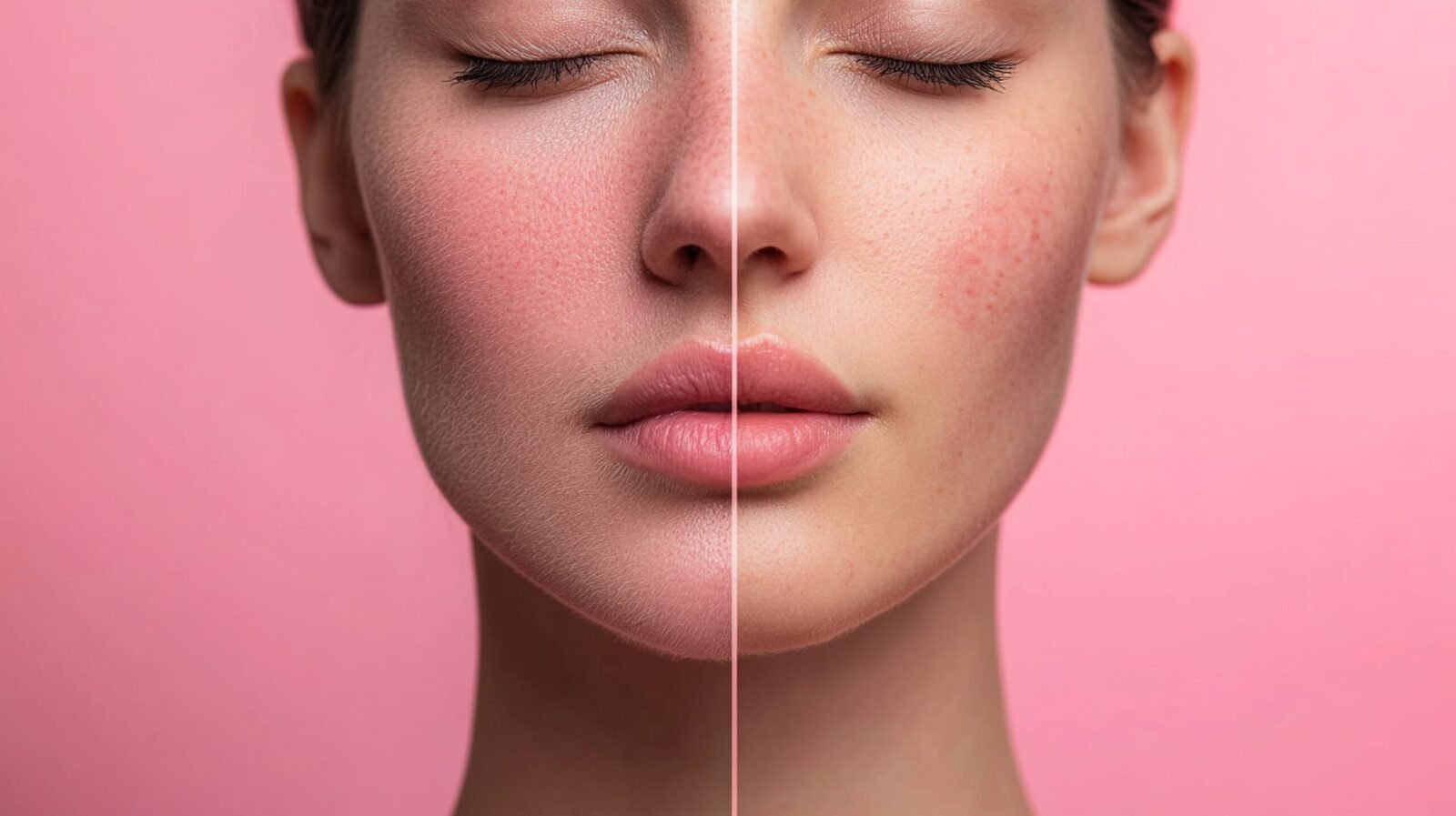Vitamin C remains a cornerstone in advanced skincare, prized for its antioxidant and brightening power. However, its instability and oxidation sensitivity often limit formulation longevity. Therefore, modern cosmetic science increasingly focuses on antioxidant synergy—the strategic pairing of actives that stabilize and enhance one another. Among them, Niacinamide, Vitamin E, and Ferulic Acid stand out as proven partners that extend Vitamin C’s performance while improving skin tolerance.
Understanding Antioxidant Synergy
Synergy occurs when actives interact to produce an effect greater than their individual contributions. In the case of Vitamin C, this principle is central to maintaining long-term stability and efficacy. Additionally, synergistic partners regenerate oxidized Vitamin C, slow radical cascades, and broaden photoprotection. Consequently, well-designed antioxidant systems can achieve extended shelf life and measurable clinical improvements.
Vitamin C and Niacinamide: Compatibility and Function
Historically, Vitamin C and Niacinamide were thought incompatible due to concerns over pH interaction. Modern research, however, shows that both actives remain stable together within physiological pH ranges (≤6). As a result, the combination is now considered one of the most effective brightening pairings in cosmetics.
Mechanistically, Vitamin C inhibits tyrosinase activity while Niacinamide reduces melanosome transfer. Together, they target hyperpigmentation at multiple stages of the pigmentation process. Furthermore, Niacinamide strengthens the barrier and increases tolerance to acidic antioxidants, enabling daily use even on sensitive skin.
A study by Jiang et al. (2024) found that 5% Niacinamide paired with 3% L-ascorbic acid reduced melasma intensity faster than either ingredient alone. Therefore, this combination delivers both visible tone correction and improved skin comfort.
Vitamin C, Vitamin E & Ferulic Acid: The Classical Antioxidant Trio
One of the most validated antioxidant complexes is the Vitamin C + Vitamin E + Ferulic Acid system. Originally studied by Lin et al. (2005, Duke University), this combination demonstrated eightfold increased photoprotection compared to Vitamin C alone. Mechanistically, Vitamin E regenerates oxidized Vitamin C, while Ferulic Acid stabilizes both molecules and boosts UV neutralization.
Therefore, the trio acts as a complete antioxidant network: Vitamin C neutralizes radicals, Vitamin E protects lipids, and Ferulic Acid bridges the two phases. In practice, it produces brighter, smoother, and more resilient skin when formulated correctly.
Formulation Parameters and Stability
To achieve synergistic stability, formulators must balance pH, solvent, and carrier systems. Vitamin C performs optimally around pH 3.5–5.5, while Niacinamide remains active up to pH 6. Therefore, targeting pH ≈ 5.5 offers a sweet spot where both actives coexist without hydrolysis. Additionally, anhydrous or polymer-encapsulated systems further prevent oxidation.
Solvents such as DMI, squalane, and propanediol offer excellent stability in clean-label formulations. For example, embedding Vitamin C in a bio-polymer matrix such as SCH-Shellcare TRAX+ isolates the molecule from oxygen and light, maintaining potency throughout shelf life.
Dual-Phase Delivery Systems
Next-generation brightening serums often combine N-Vitamin C with lipid-soluble antioxidants for continuous activity. This architecture supports time-release performance, allowing Vitamin C to act instantly while Vitamin E prolongs protection. Moreover, the polymer matrix ensures uniform distribution, avoiding phase separation or degradation.
You can explore these integrated antioxidant systems inside our Product Center – Cosmetic Ingredients, which features biopolymer and encapsulation platforms designed for clean-label stability.
Clean-Label Compliance and Regulatory Perspective
All components discussed—including Vitamin C derivatives, Niacinamide, and Ferulic Acid—fit within current U.S. MoCRA and EU Microplastics Regulation frameworks. Consequently, formulators can design powerful antioxidant systems without PEGs, silicones, or synthetic stabilizers.
Practical Ratios for Formulators
- Vitamin C (L-Ascorbic Acid or 3-O-Ethyl Ascorbic Acid): 10–15%
- Niacinamide: 4–5%
- Vitamin E (Tocopherol): 1%
- Ferulic Acid: 0.5%
- pH Target: 5.0–5.5
These ratios maintain synergy, photoprotection, and skin comfort while remaining within cosmetic safety limits.
Grand Ingredients Formulation Insight
Internal testing at Grand Ingredients demonstrates that polymer-supported antioxidant systems achieve up to 25% higher stability over traditional aqueous formulations. Additionally, combining N-Vitamin C with Shellcare TRAX+ allows sustained Vitamin C activity under ambient storage for over 18 months.
Conclusion
In summary, combining Vitamin C with Niacinamide, Vitamin E, and Ferulic Acid exemplifies the power of synergy in cosmetic formulation. Through complementary antioxidant pathways and advanced polymer systems, formulators can achieve brighter, more stable, and cleaner products that stand at the frontier of modern skincare science.
“Synergy is sustainability — when actives protect each other, formulas last longer.”
— Grand Ingredients CEO
References:







